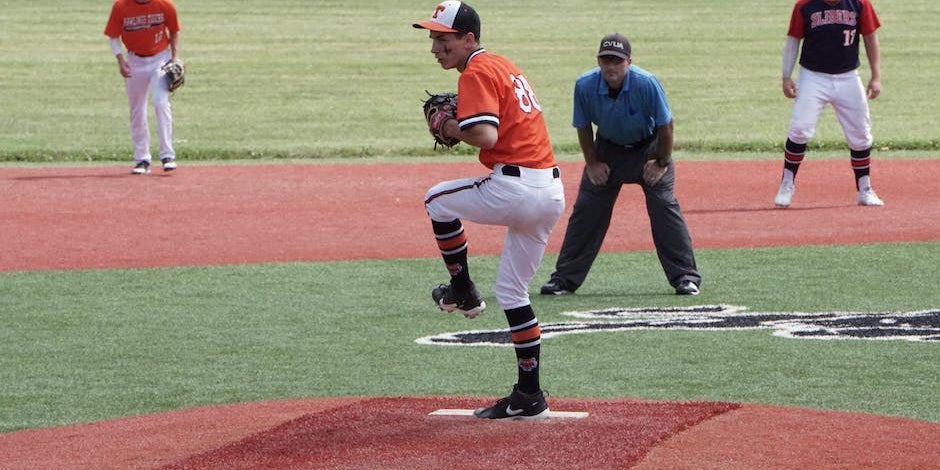Cracking the Code of Baseball Pitching Strike Zone
The strike zone in baseball isn't just a random area; it's a critical piece of the complex chess match that is a ballgame; a swaying pendulum that could tilt the balance of the game. This area, where pitchers strive to locate their pitches, and batters seek opportunities to strike, is an intriguing mixture of physics, precision, and psychology. Throughout this post, we'll delve deeper into the factors defining the strike zone, discussing its dimensions and variations depending on the stance and position of the batter. We'll dissect pitching strategies and offer insightful tips to assist pitchers in exploiting this zone effectively. Whether you're a seasoned player or a newcomer, understanding the intricacies of the pitching strike zone could be a game-changer. Stay tuned as we unwind the threads of this fundamental, yet fascinating, aspect of the glorious game of baseball.
(Basic Anatomy of a Strike Zone): Detailed description of what constitutes a strike zone in baseball.
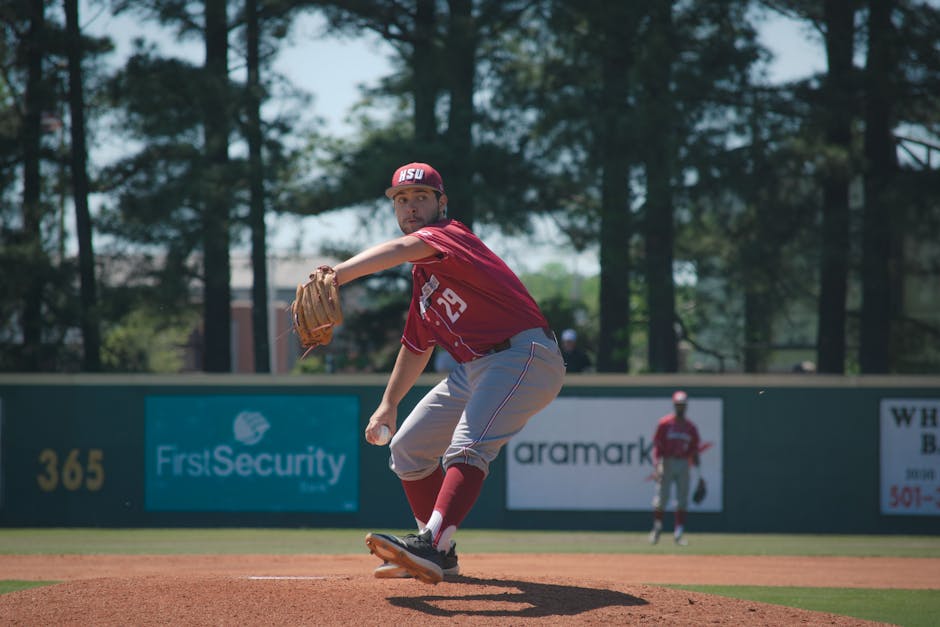
At its simplest, the strike zone is a critical area within the game of baseball. It extends vertically from the midpoint between a batter's shoulders and the top of their pants, down to the knees. Laterally, it runs the width of home plate.
The precise boundaries can often be subjective, influenced by factors such as a batter's stance and the umpire's discretion. Nevertheless, achieving a keen understanding of the zone's basic anatomy is pivotal in planning winning strategies .
Pitchers aim to deliver balls within this zone while batters must be ready to swing. Competent control of the strike zone often dictates the ebb and flow of the game, separating exceptional pitchers and batters from their peers.
Every pitch, every swing, every decision on whether to bunt or let fly, hinges on an intimate knowledge of this three-dimensional space.
(Standards Set by Major League Baseball (MLB)): Discussing norms and guidelines set by MLB for pitching strike zone.
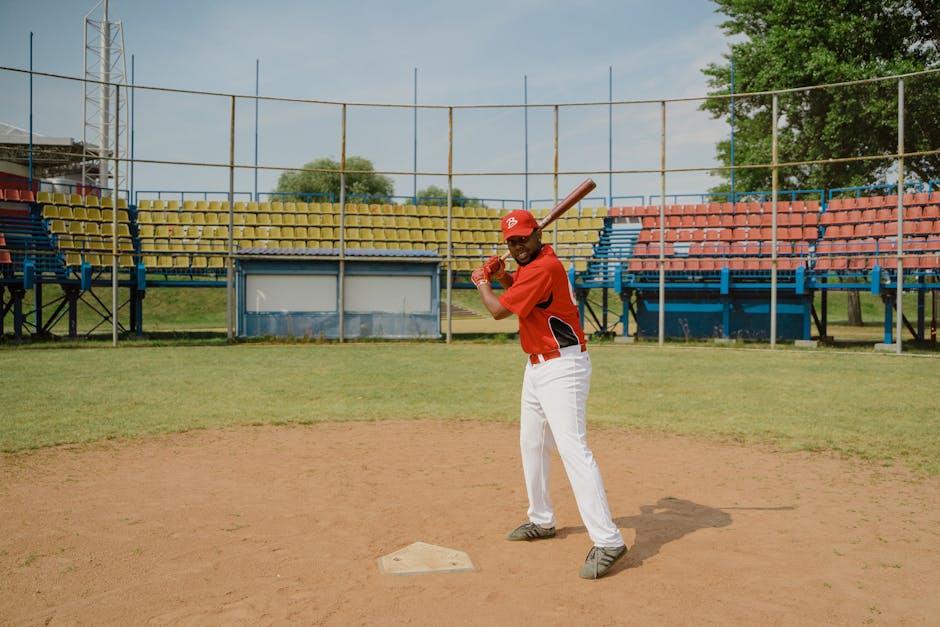
Major League Baseball (MLB) maintains stringent norms to define the strike zone's exact dimensions, crucial for player performance and game outcomes. Standard rules dictate that the strike zone is located directly over home plate. The zone's vertical extension is from the mid-point between a batter's shoulders and the top of his trousers, to approximately the hollow beneath the kneecap.
These guidelines ensure consistency , precision, and fairness while assessing pitches. These strict rules not only set the game's fundamental parameters but also challenge catchers and pitchers to fine-tune their strategies and skills. By adjusting their pitch according to the batter's posture and stance, they maximize their chances of earning a strike.
However, it's worth noting that the strike zone's interpretation often relies on the individual umpire, adding another layer of complexity and spontaneity to this beloved sport. MLB continues to uphold these standards strictly, preserving baseball's initial spirit and drive.
(Evaluation of Strikes and Balls): Steps followed by Umpires to distinguish between a strike and a ball.
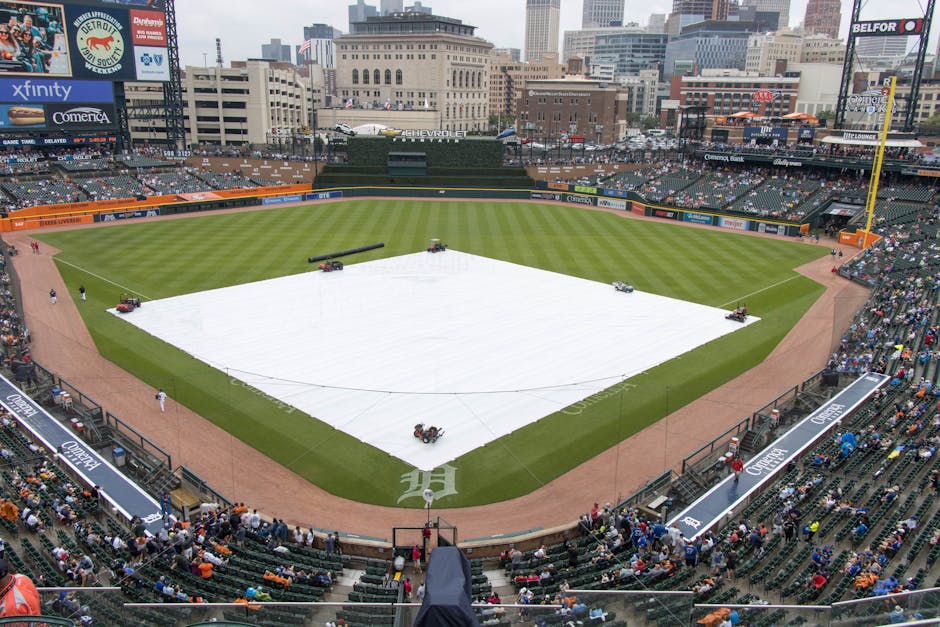
The delicate task of distinguishing between a strike and a ball in baseball lies in the hands of the umpire. To make this distinction, they follow simple, yet effective steps .
In its basic form, the strike zone is the area over home plate between the batter's armpits and the top of the knees when the batter is in a normal batting stance . When a pitcher throws a ball through this predefined area, it's generally a strike.
Conversely, balls are typically pitches that fail to go through this zone, being too high, too low, or too wide.
Umpires also use experience and judgment - it's not a strictly mechanical process . If they determine the pitch is within the hitting area - even if not squarely within the strike zone - it's likely to be considered a strike. This crucial decision impacts the game and showcases the importance of the umpire's role.
(How Does Batter’s Stance Affect the Strike Zone?): Exploration of how the batter's position at the plate can affect the strike zone.
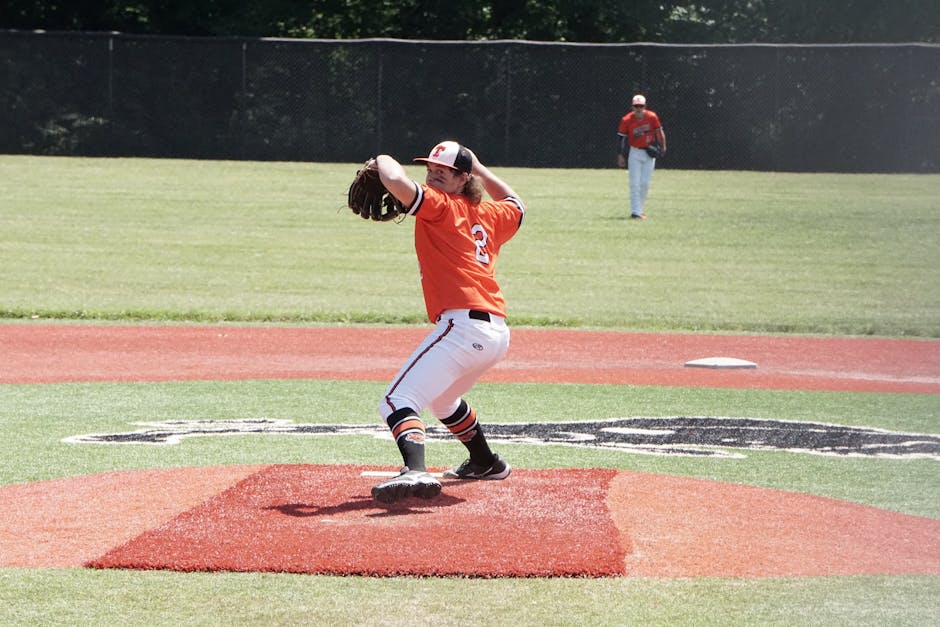
One of the key factors that can affect the strike zone is the batter's stance. The strike zone is not fixed but rather dependent on the batter's stature and posture at the plate. If the batter is squatting or crouching, the strike zone shrinks vertically , making it difficult for the pitcher to aim at a smaller area.
On the other hand, if the batter stands tall, the strike zone expands , offering the pitcher a larger target. A wider stance can also extend the zone horizontally, providing more area for potential strikes.
In both cases, the pitcher must adapt their techniques to accommodate these changes, which could in turn impact their success rate. Interestingly, even slight changes in the batter's position can significantly influence the perceived and actual strike zone .
Understanding these mechanics can provide strategic insights beneficial to both batters and pitchers.
(The Effect of Pitcher’s Height on the Strike Zone): Analysis on how the height of the pitcher can also influence the strike zone.
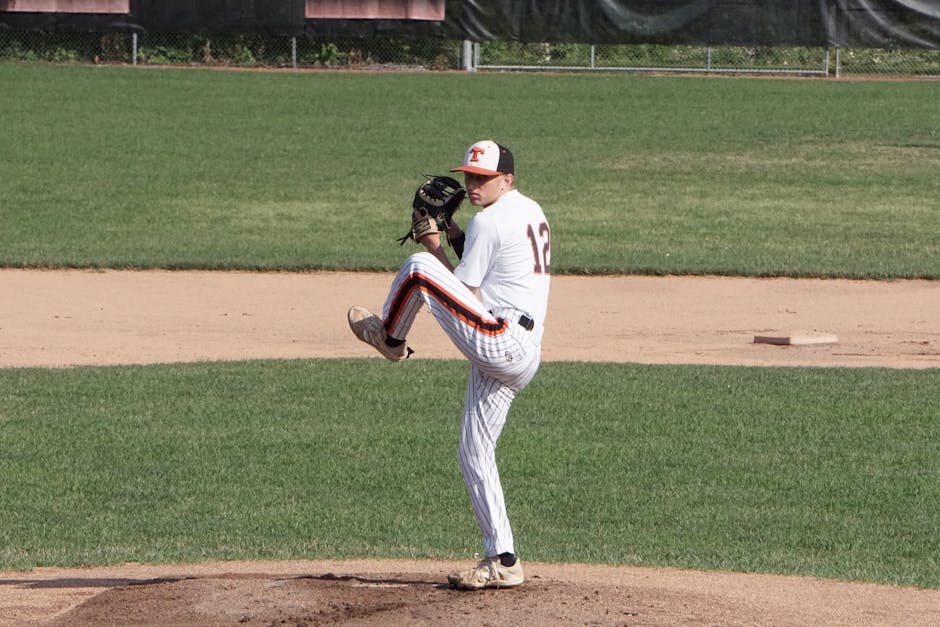
Baseball, often dubbed as the quintessential American sport, is packed full of subtle strategy complexities . One factor that significantly impacts the game is the relationship between the pitcher’s height and the strike zone.
Some may argue that a taller pitcher could have a larger strike zone. Their logic stems from the understanding that a higher release point results in the ball traveling at a steeper angle to the plate, consequently affecting the strike zone.
However, it's more nuanced than that. Studies show taller players might have longer arms which could affect their release point, potentially negating any advantage from their height. Simultaneously, the hitter's perception of the ball can be influenced by the height of the pitcher, forcing them to adjust their swings.
It's this intricate dance between physical factors and perception that sets baseball apart and makes each game truly unpredictable.
(Importance of Pitch Location): The significance of where pitches should be placed within the strike zone for successful strikes.
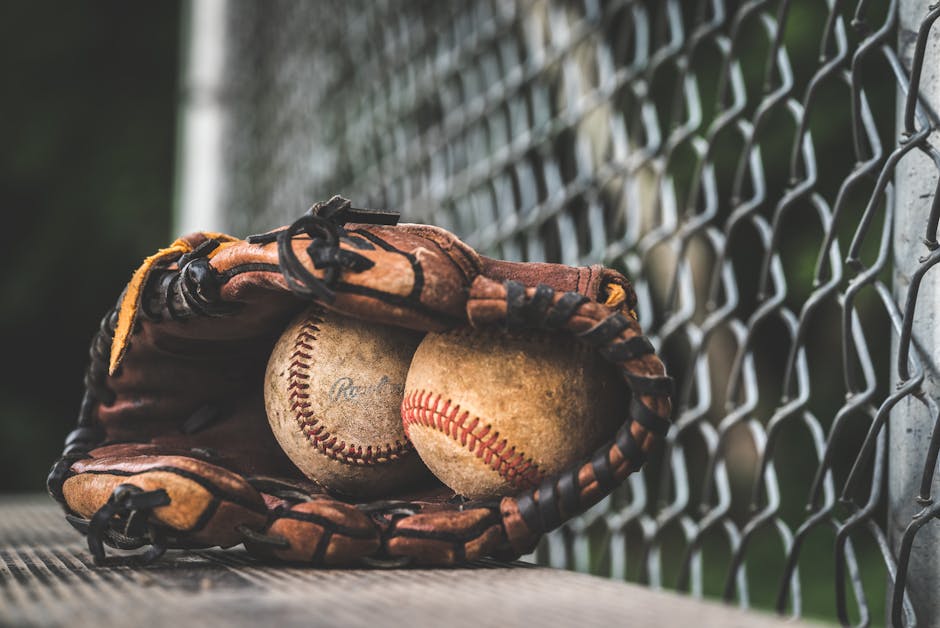
In baseball, the art of placing a pitch strategically within the strike zone cannot be understated. A successful strike is highly dependent on its location within this designated area.
The strike zone is more than just a rectangular space—it's a three-dimensional canvas a pitcher uses to outwit the batter. Not all pitches are meant to be strikes, but their purpose is to influence subsequent pitches, turning the sport from mere power play into a more cerebral spectacle. And over the edges of the strike zone, there’s an expanse of space where pitches can be tempting yet elusive , further adding a layer of strategy.
Understanding the importance of pitch location within the strike zone is crucial. It’s not just about throwing strikes—it’s about painting the corners, changing eye levels, and changing speeds for effective results. The strategic nuances of pitch placement define the game's essence – challenging mind , body, and spirit.
(Changes to Strike Zone over Years): An overview of how the strike zone has evolved in the sport of baseball throughout history.
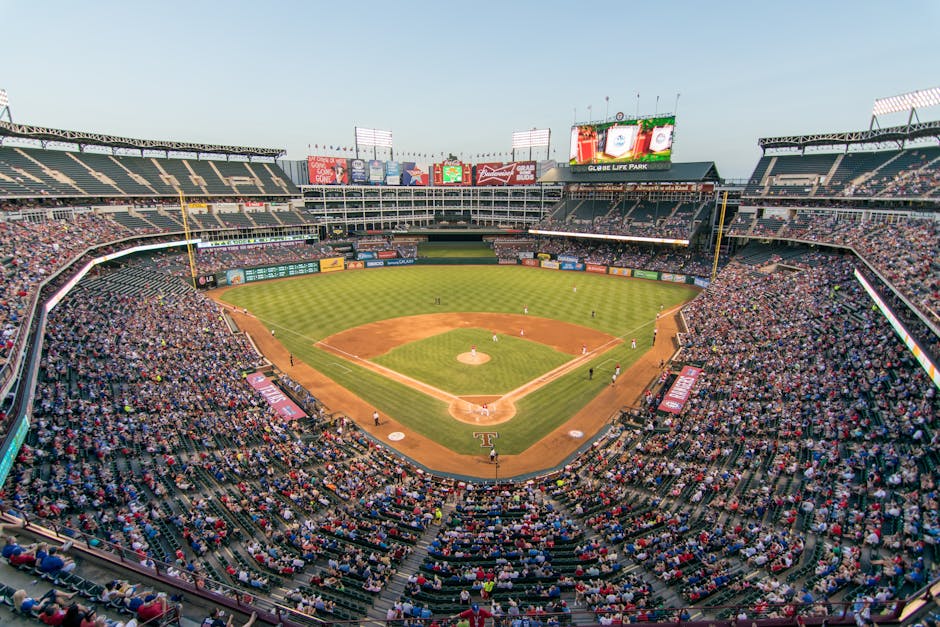
Baseball's strike zone has seen numerous alterations since the dawn of the game to accommodate evolving gameplay and technology.
In the early days, the zone was defined as the area from the batter's ankles to shoulders. It subsequently shrunk in the 1960s to the space between the batter's armpits and the top of the knees, encouraging a lower and more accessible target area.
Then, in the 80s, letters became the upper limit resulting in a smaller and tighter strike zone . Advanced technology like digital mapping in the late 20th century enabled precise strike zone determinations creating room for more modifications.
Today, the zone extends from the midpoint between the top of the shoulders and top of the uniform pants, to the hollow beneath the kneecap. With technology advances, there's space for even more refinements to ensure equity and excitement in the game.
(Role of Strike Zone in Pitcher-Batter Confrontations): Discussing strategic elements and psychological aspects related to the strike zone in pitcher-versus-batter interactions.

In any pitcher-batter face-off, the strike zone plays a pivotal role. It's more than a defined rectangle; it's a strategic battleground.
Every pitch is a carefully calculated move , aimed at ringing the batter's psychology. A slider low-and- away may lure him into a swing-and-miss. A fastball up and in could intimidate, causing hesitation in the next play. It's a mind game as much as a physical one.
Likewise, the batter is not a passive target. He's observing, studying each pitch's movement, velocity, and location. Where the pitch lands within the strike zone can tell a lot about the pitcher's strategy and possibly, his next move.
A masterful command over the strike zone can turn the tide in either's favor. This is the essence of pitcher-versus-batter confrontations, an intricate dance within the strike zone.


